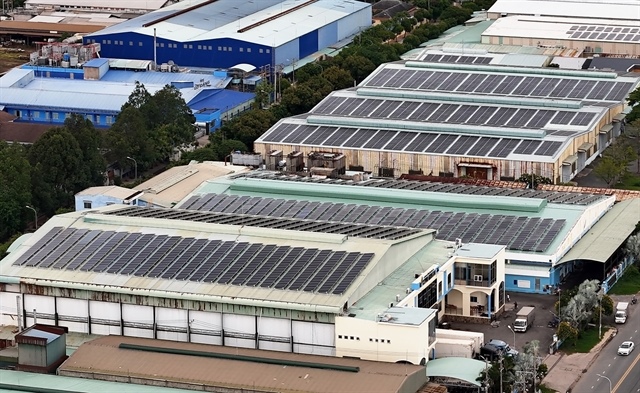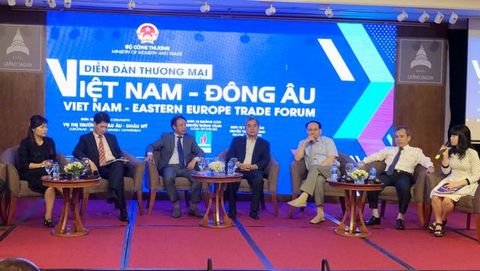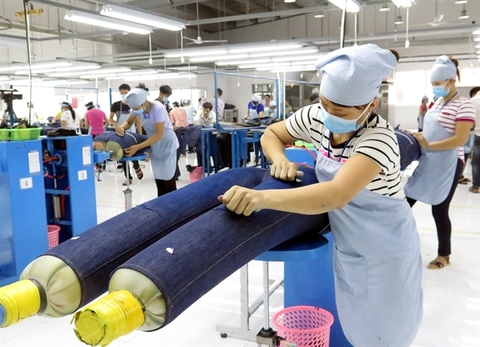Vietnamese exporters struggle to compete in Russia
Vietnamese exporters struggle to compete in Russia
Vietnamese exports to Russia only grew by 8 percent last year compared to 35 percent the previous year, a Russian official said.
Meanwhile Russian exports to Vietnam have been accelerating in the last two years, Dmirtriy Makarov of the Trade Representation of the Russian Federation in Vietnam (TRRV), said at the Vietnam - Eastern Europe forum Wednesday.
Vietnam’s garment exports only increased by 6 percent, down from 38 percent in 2017, footwear exports barely expanded (16 percent in 2017), while knitwear shipments decreased by 10 percent. The country’s agricultural too fell by 10 percent, he said.
According to TRRV, though Russia’s tariffs on imports from Vietnam are low, Vietnamese textile and garment products still are not able to compete with Russian-made goods because their prices are higher.
Similarly, Vietnamese seafood prices are higher than competing products from other Southeast Asian countries, especially Thailand.
Makarov said Vietnam's textile and garment industry is highly developed and its brands like An Phuoc, Viet Tien, Blu Exchange, Ninomaxx, Juno, Ren, and Bitis are as good as European products in terms of style and quality, and could easily be exported.
But the Russian market has not heard of these brands yet, he said.
A TRRV executive said that many Russian textile companies are considering moving their factories from China to Vietnam to avoid the US-China trade war.
Vietnamese companies are increasingly forging partnerships with Russian firms. While only 2,200 registered for import or export from and to Russia in 2017, this number increased to 3,500 in 2018.
Last year Vietnam was the 23rd largest trading partner for Russia, four places up from 2017. Russia was the 20th biggest partner for Vietnam, up six places, TRRV reported.
The main items Vietnam imports from Russia are coal, gasoline, lubricants, fertilizers, chemicals, and iron and steel. Vietnam’s main exports are telephones and computers, garments, footwear, and agricultural produce.




















